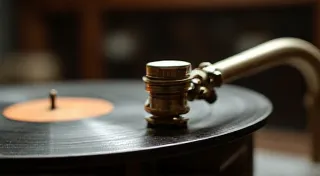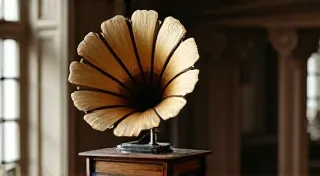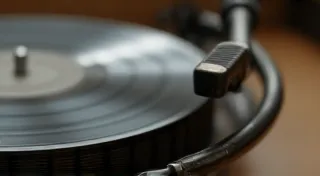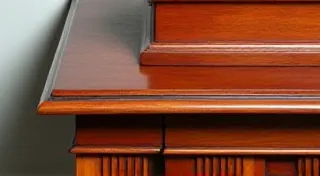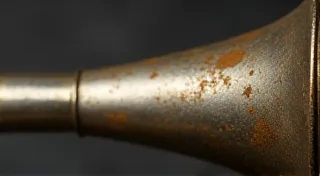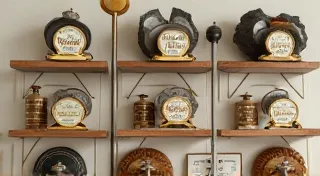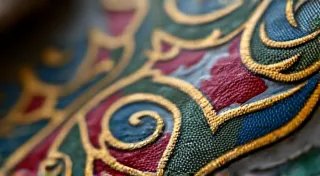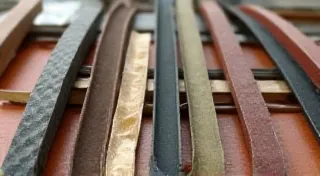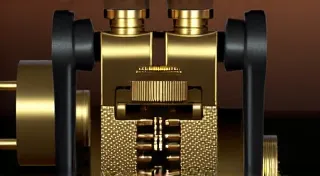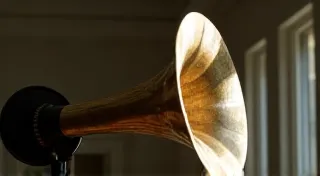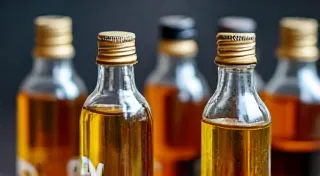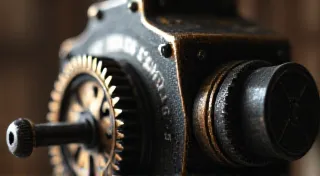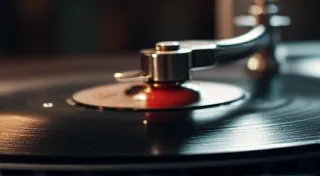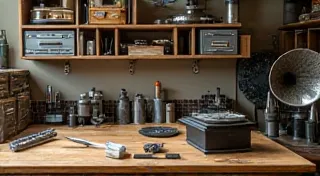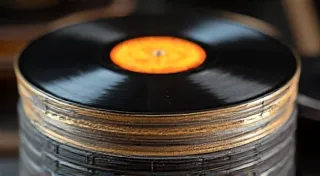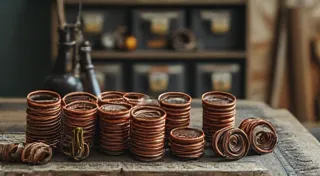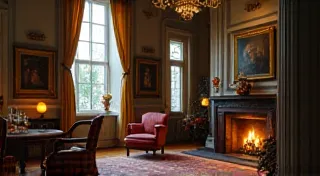Restoring Antique Phonographs: A Journey Through Time and Sound
Welcome to a comprehensive haven for those passionate about the enchanting world of antique phonographs! Whether you’ve inherited a treasured family heirloom, are a seasoned collector, or simply fascinated by the history of recorded music, this site is dedicated to the art and science of phonograph restoration. We’re here to guide you through every step of the process, from basic cleaning and lubrication to complex mechanical repairs, ensuring these beautiful machines continue to fill homes with the timeless sounds of the past. This journey isn’t just about fixing machines; it’s about preserving history, appreciating artistry, and rediscovering the magic of a bygone era.
A Love for Vintage Sound and the Phonograph's Legacy
The resurgence of interest in vintage audio equipment is undeniable, and antique phonographs hold a special place in that revival. These mechanical marvels, once the primary source of entertainment for millions, represent a unique blend of engineering ingenuity and artistic design. They’re more than just machines; they're windows into a bygone era – a time when music was a shared experience, and the ritual of listening was a cherished event. The phonograph’s story is inextricably linked to the dawn of the recording industry, beginning with Thomas Edison's groundbreaking invention in 1877. Imagine a world before radio, television, or digital music—the phonograph was the gateway to recorded sound, bringing music, speeches, and storytelling directly into homes. Its impact extended far beyond mere entertainment; it shaped social gatherings, influenced cultural trends, and even played a role in early education. The early models, often bulky and relying on wax cylinders, were marvels of their time. As technology advanced, the transition to disc records (gramophone records) brought about significant improvements in sound quality and portability. The early 20th century witnessed a flourishing industry, with companies like Columbia, Victor (later RCA Victor), and Brunswick vying for market dominance. These companies didn’t just produce phonographs; they built entire ecosystems, including record labels, manufacturing plants, and vast networks of dealers.
The Great Depression and the rise of radio temporarily diminished the phonograph's prominence, but it experienced a remarkable resurgence in the mid-20th century, fueled by nostalgia and a growing appreciation for vintage aesthetics. Today, these machines stand as tangible links to a rich and fascinating history. The world of collecting vintage phonographs has become a passionate pursuit for many, driven by the desire to own a piece of history and the challenge of finding rare and well-preserved examples.
But these intricate devices require dedicated care and attention to ensure they function optimally and preserve their historical significance. This site is your comprehensive resource for all things related to phonograph restoration. We believe in preserving these historical treasures, not just for ourselves, but for future generations. Our guides are designed to be accessible to everyone, regardless of experience level. We’re breaking down complex topics into easily digestible steps, providing clear explanations, and offering practical advice for tackling common problems. So, whether you're struggling with a gramophone speed issue or simply want to learn more about the fascinating history of these machines, you’re in the right place.
Perhaps you're captivated by the legacy of Thomas Edison? Delve into "The History of Edison's Phonographs and Their Unique Features" to understand the groundbreaking technology that started it all. Or maybe you’re curious about the evolution of phonograph recording cylinders? Explore that fascinating history to trace the development of the cylinder format. Understanding these advancements is key to appreciating the nuances of restoration. If you are new to the world of vintage sound, check out "Understanding the Victrola: A Beginner's Guide." This iconic brand represents a pivotal moment in the phonograph's evolution, bringing music to a wider audience.
Essential Care and Maintenance: Laying the Foundation for Restoration
Before you even consider a full-scale restoration, preventative maintenance is the cornerstone of preserving your antique phonograph. Regularly performing basic care routines can dramatically extend its lifespan and prevent costly repairs down the line. These steps are relatively simple and can be performed by anyone with a little patience and care. First and foremost, locate a stable and vibration-free surface for your phonograph. These machines are delicate and susceptible to damage from excessive movement. Dust the machine regularly with a soft, lint-free cloth. Avoid using harsh chemicals or abrasive cleaners, as these can damage the finish and intricate details. If your phonograph has a winding mechanism, lubricate it periodically with a specialized phonograph lubricant. Do *not* use general-purpose oils or grease, as these can attract dust and gum up the works. When storing your phonograph, protect it from extreme temperatures and humidity. These conditions can warp records, crack components, and damage the finish.
One of the most common challenges faced by phonograph owners is dealing with sticky or frozen winding mechanisms. This is often due to dried lubricant or accumulated dust. Carefully cleaning and lubricating the mechanism is crucial for smooth operation. "Lubrication 101: Choosing the Right Oil for Your Phonograph" contains more detail.
Sometimes, the issues are purely aesthetic. "Restoring Decals and Labels: Preserving the Original Aesthetics" explores techniques for reviving faded or damaged decals, returning the phonograph to its original glory. Dealing with corrosion can be difficult; "Identifying Nickel Plating Issues and Restoration Techniques" will help you understand the problem and repair it correctly. Proper cleaning and polishing can often remove superficial corrosion, but more severe cases may require professional refinishing.
The World of Collecting
For many, the appeal of antique phonographs extends beyond restoration and lies in the thrill of collecting. This hobby encompasses a wide range of interests, from seeking rare models and original accessories to assembling comprehensive libraries of historical recordings. The value of a phonograph in a collection can be influenced by several factors, including its rarity, condition, originality, and historical significance. Successful collecting involves research, patience, and a keen eye for detail. Understanding the different manufacturers, models, and variations is key to building a valuable and meaningful collection.
Rare Models & Accessories: Certain models are highly sought-after due to their limited production runs, unique features, or association with significant historical events. Original accessories, such as winding keys, cabinets, and tone amplifiers, further enhance the value and authenticity of a collection.
Recordings: A comprehensive collection is not complete without a selection of original recordings. These records offer a glimpse into the music and culture of bygone eras, and their preservation is crucial for maintaining the historical integrity of the collection.
Advanced Restoration Techniques: A Deep Dive for Enthusiasts
While basic maintenance and repairs are essential, more extensive restoration projects may require advanced techniques and specialized skills. This includes tasks such as mainspring replacement, governor repair, and cabinet refinishing. These procedures often require a thorough understanding of the phonograph’s mechanics and a significant investment in tools and supplies. It's crucial to research thoroughly and consult with experienced restorers before attempting complex repairs.
Addressing Horn-Related Issues: Maintaining Acoustic Integrity
The horn is a defining feature of many antique phonographs, and damage to it can significantly impact both the sound and the aesthetic appeal. "Dealing with Cracked Horns: Repair and Stabilization" provides detailed instructions and essential tips for safely and effectively repairing and stabilizing horns. Horns are often made of delicate materials like papier-mâché or metal, and cracks or damage can compromise their acoustic properties. Repairs often involve careful patching and reinforcement, using specialized adhesives and materials that are compatible with the original horn material. Preserving the original horn is always the preferred option, as replacements are often difficult to find and may not match the original in terms of aesthetics and acoustic performance.
Long-Term Preservation: Ensuring a Legacy
Beyond immediate repairs, consider long-term preservation strategies to safeguard your antique phonograph for future generations. This involves creating a controlled environment, rotating records regularly, and documenting the machine’s history and restoration efforts. Creating a detailed record of the restoration process, including photographs and descriptions of the work performed, can be invaluable for future maintenance and repairs.
Resources for Phonograph Enthusiasts
Numerous resources are available for those interested in learning more about antique phonographs and their restoration. These include online forums, historical societies, and specialized repair shops. Connect with other enthusiasts to share knowledge and experiences.
A Timeless Legacy
Restoring and preserving an antique phonograph is more than just a hobby; it's a way to connect with history, appreciate craftsmanship, and ensure that these remarkable machines continue to bring joy for generations to come.
